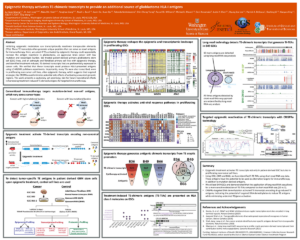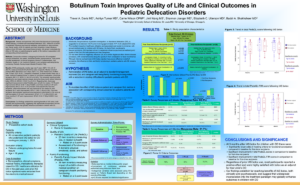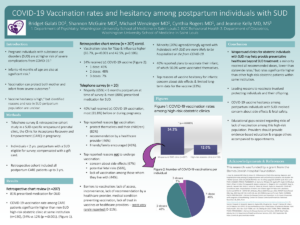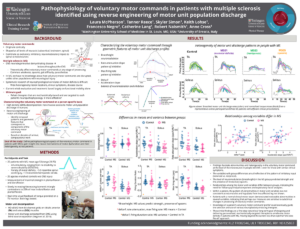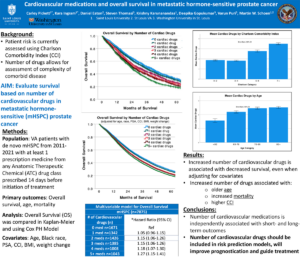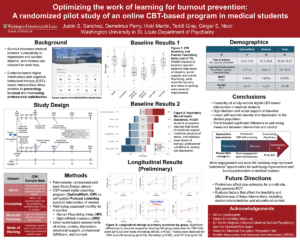Introduction: Inhibiting epigenetic modulators can transcriptionally reactivate transposable elements (TEs). These TE transcripts often generate unique peptides that can serve as novel antigens for immunotherapy. Here, we asked if TEs activated by epigenetic therapy could appreciably increase the antigen repertoire in glioblastoma, an aggressive brain cancer with low mutation and neoantigen burden. Methods: We treated […]
3. Epigenetic Therapy Activates TE-chimeric Transcripts to Provide an Additional Source of Glioblastoma HLA-I Antigens
